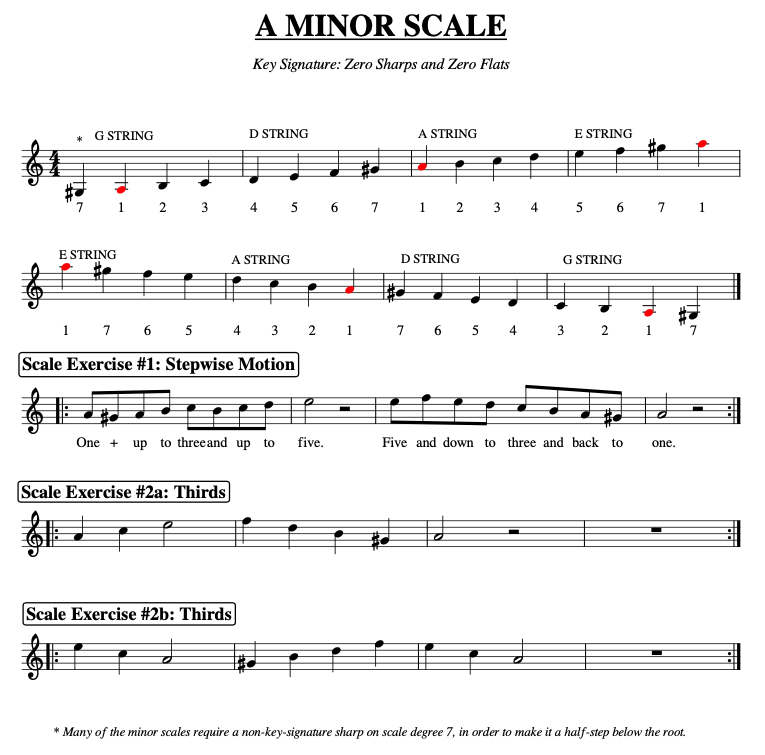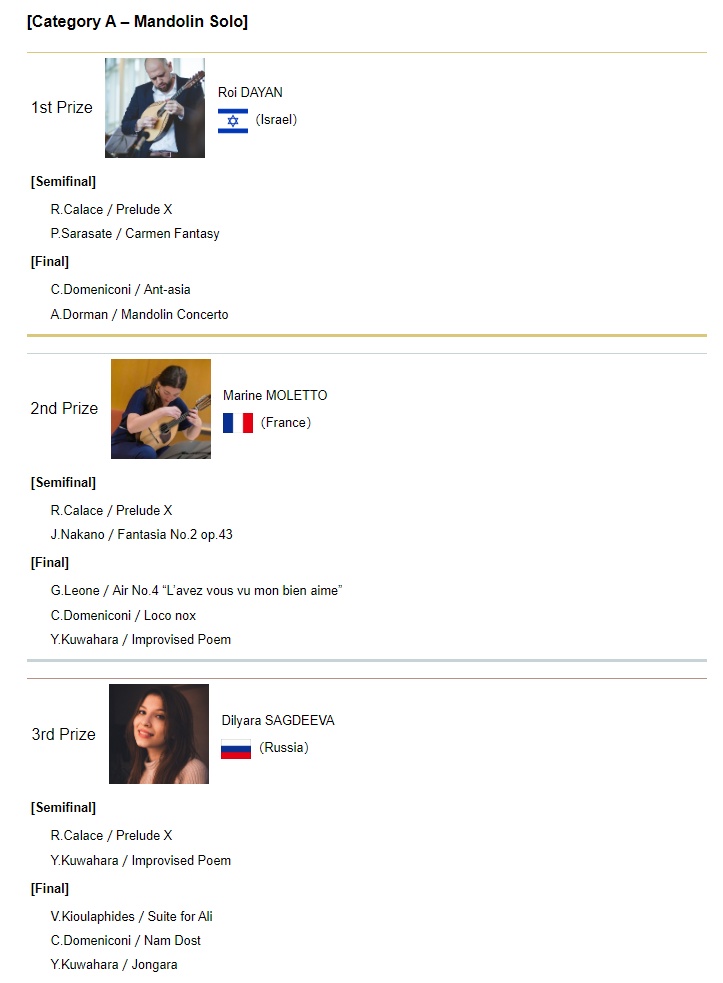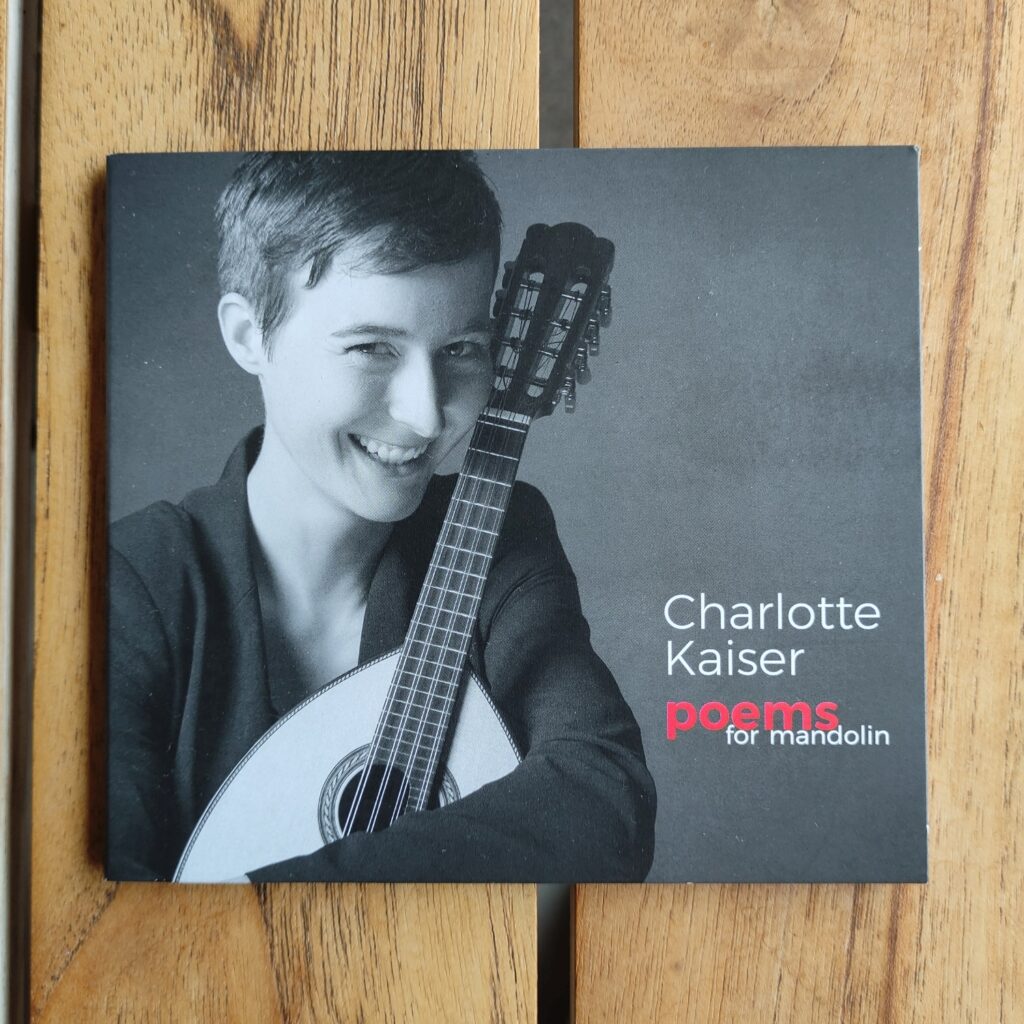Intro to music theory … Do you want to know more about music? Are you learning to play a musical instrument and having a bit of trouble understanding music terminology? Need a grasp of the concepts? You may find these articles helpful.
In this series of articles, I plan to begin with the simplest concepts and build slowly toward a fuller understanding of music theory. At each step, the concepts will be related visually to the piano keyboard,

the guitar fretboard,

and the mandolin fretboard.

As we progress, we’ll also relate the concepts to written music: Standard notation, tablature and the Nashville Number System. Hopefully, after reading through these lessons, we’ll be in a position to improve our playing skills and to communicate with other musicians.
If you are a beginner in music, this set of lessons may be just what you need. I encourage you to keep your musical instrument close at hand so that you can test and apply the concepts as you learn. The concepts presented here are universal to Western music, no matter what instrument you play. I relate the concepts to piano keyboard because the piano keyboard is an excellent graphic for visualizing these concepts. Our system of music was developed to a great extent to accommodate the piano keyboard; rather, the piano keyboard evolved specifically to accommodate our understanding of music.
I also relate the concepts to the guitar and mandolin fretboards, simply because those are the instruments I play personally. The concepts themselves apply equally though to the banjo, trumpet, saxophone, violin, etc. because they are universal. I use the term Western music because in this day of global connectivity it is important to specify that I am not discussing other theories of music in the world, but the music of Western culture that traces its origins to ancient Greece. We are not referring to Country and Western music, but rather to the music theory of Western culture as opposed to Eastern cultures.





























